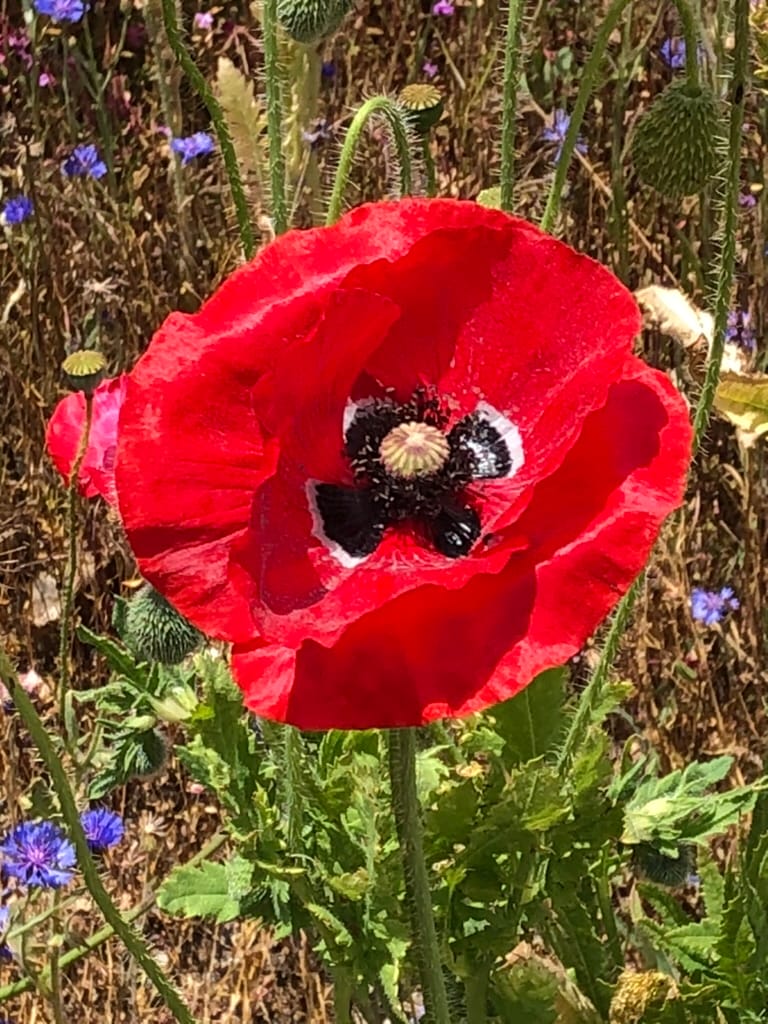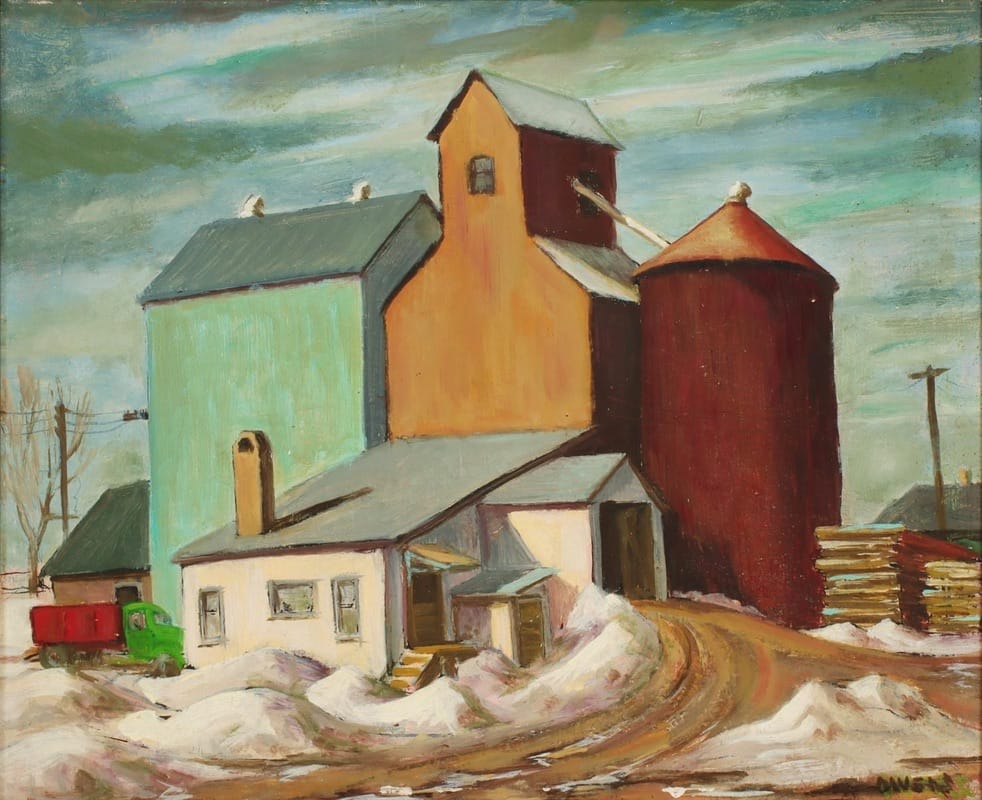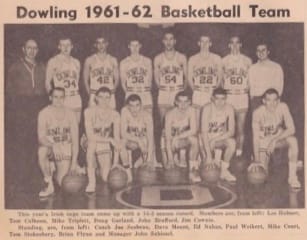Caitlin Clark - WNBA Rookie of the Year - Tall Corn Poppy.

The dullard's envy of brilliant men is always assuaged by the suspicion that they will come to a bad end. Max Beerbohm.
Papaver rhoeas has common names including corn poppy, corn rose, common poppy, field poppy, Flanders poppy, and red poppy. The corn poppy term was typically associated with an annual flowering plant native to Europe, North Africa, and temperate parts of Asia and is now naturalized throughout the United States.
Its characteristics include bright red flowers with four delicate petals and grows to about 20-90 cm (2 -2.5 ft) tall. It thrives in disturbed soils and agricultural fields and blooms in late spring to early summer.
It is a symbol of remembrance for fallen soldiers, especially since World War I, and associated with Flanders Fields, especially John McCrae's famous poem "In Flanders Fields" (detailed in The Tall Poppy Syndrome - The Joy of Cutting Others Down).
The term "corn" in its name doesn't refer to maize (as in American usage) but rather to cereal crops in general. In British English, "corn" refers to wheat, barley, oats, or other cereal grains.
The poppy earned this name because it commonly grows as a weed in European grain fields. Its lifecycle fits well with cereal crops, allowing it to thrive in agricultural settings.
This may have added some confusion with the use of "corn" in Aristotle's description of TPS. Some think he was describing corn but corn was not present then. He may have been recounting the corn poppy which places him ahead of Livy in describing TPS using poppies and after Herodotus who used wheat (see The Arctic Poppy and the Tall Poppy Syndrome).
Iowa is the leading corn producer in the United States, producing around 2.4-2.5 billion bushels of corn annually. In 2016, Iowa set a record with 2.7 billion bushels. With corn as a major component, Iowa agriculture is responsible for a direct economic output of $88.3 billion. Corn directly creates more than 315,000 jobs contributing $17.57 billion in wages.
Iowa corn has an export value of $6.56 billion. The state exports a large portion of corn to Mexico, equating to 16 million tons each year. Iowa leads the nation in ethanol production, with 62% (1.6 billion bushels) of Iowa's corn going to create nearly 30% of all American ethanol. About 15% (370 million bushels) of Iowa corn goes directly into livestock feed, supporting the state's animal agriculture industry.
Corn is used in over 4,000 grocery store items and various industrial products, creating additional economic value. Corn production supports related industries like farm equipment manufacturing and retail, creating indirect economic impacts. Iowa ranks number one in producing corn, hogs, eggs, ethanol, and Dry Distillers Grain Solubles (DDGS), contributing significantly to the state's economic strength.

Caitlin Clark was the subject of my blog when she became the 1st woman chosen in the 2023 WNBA draft and began her WNBA season (see Is Caitlin Clark a Victim of the Tall Poppy Syndrome?). Now she has been named Rookie of the Year and was 4th in the voting for Most Valuable Player (MVP).
Record-breaking performances include the WNBA rookie-season record in points (769) and the WNBA overall record in single-season assists (337). She also led the league in 3-pointers (122), second-most ever in a season. She averaged 19.2 points, 8.4 assists (league-best), and 5.7 rebounds.
Other milestones include the first WNBA rookie to record a triple-double (achieved twice); set a WNBA single-game record with 19 assists and the fastest player to record 300 points, 100 rebounds, and 100 assists (19 games).
Clark's addition improved the team's record to 20-20 which bested last season's record of 13-27. She led the Indiana Fever back to the playoffs for the first time since 2016. The Fever was eliminated in the first round by the Connecticut Sun.
More important is Clark's impact on attendance records for both the Indiana Fever and the WNBA as a whole. WNBA attendance is 105% higher when Caitlin Clark plays. Games featuring Clark average 15,591 fans, compared to 7,645 fans when she's not playing. Clark has accounted for 33.5% of the total WNBA attendance in 2024.
The Fever went from having the second-lowest average home attendance in 2023 (4,067 per game) to leading the WNBA in attendance by a wide margin in 2024 - leading the league in average attendance with 17,036 fans per game. They set a WNBA record for total home attendance, welcoming 340, 715 fans in 18 games. Clark's regular-season home debut drew a sellout crowd of 17,274 at Gainbridge Fieldhouse, compared to 7,356 for the 2023 home opener.
On the road the Fever average 36% more fans (15,142) than any other WNBA team. Other teams are relocating games to larger arenas when the Fever visits due to increased ticket demand. Clark's final regular-season game against the Washington Mystics set a new WNBA single-game attendance record with 20,711 fans. Multiple teams have set their season-high attendance records when Clark and the Fever visited.
Ticket prices for Fever games are significantly higher, with some games seeing lower bowl tickets increase from $40 to $400-$600 when Clark is playing. Some courtside seats for Fever games were selling for as much as $5,500, compared to $400-500 for other teams' games.
Clark's presence has helped push overall WNBA attendance to an all-time high in 2024. Her impact extends beyond just attendance, significantly boosting TV ratings and overall interest in the league.
In summary, Caitlin Clark's arrival in the WNBA has led to unprecedented attendance figures for both the Indiana Fever and the league as a whole, with her games consistently drawing larger crowds and commanding higher ticket prices compared to other WNBA games.
Clark is a Tall Poppy. Since she hails from Iowa, I also declare her a Tall Corn Poppy. Only time will tell if she grows into a matilija poppy (6 ft).

Tall Poppy Syndrome Newsletter
Join the newsletter to receive the latest updates in your inbox.



